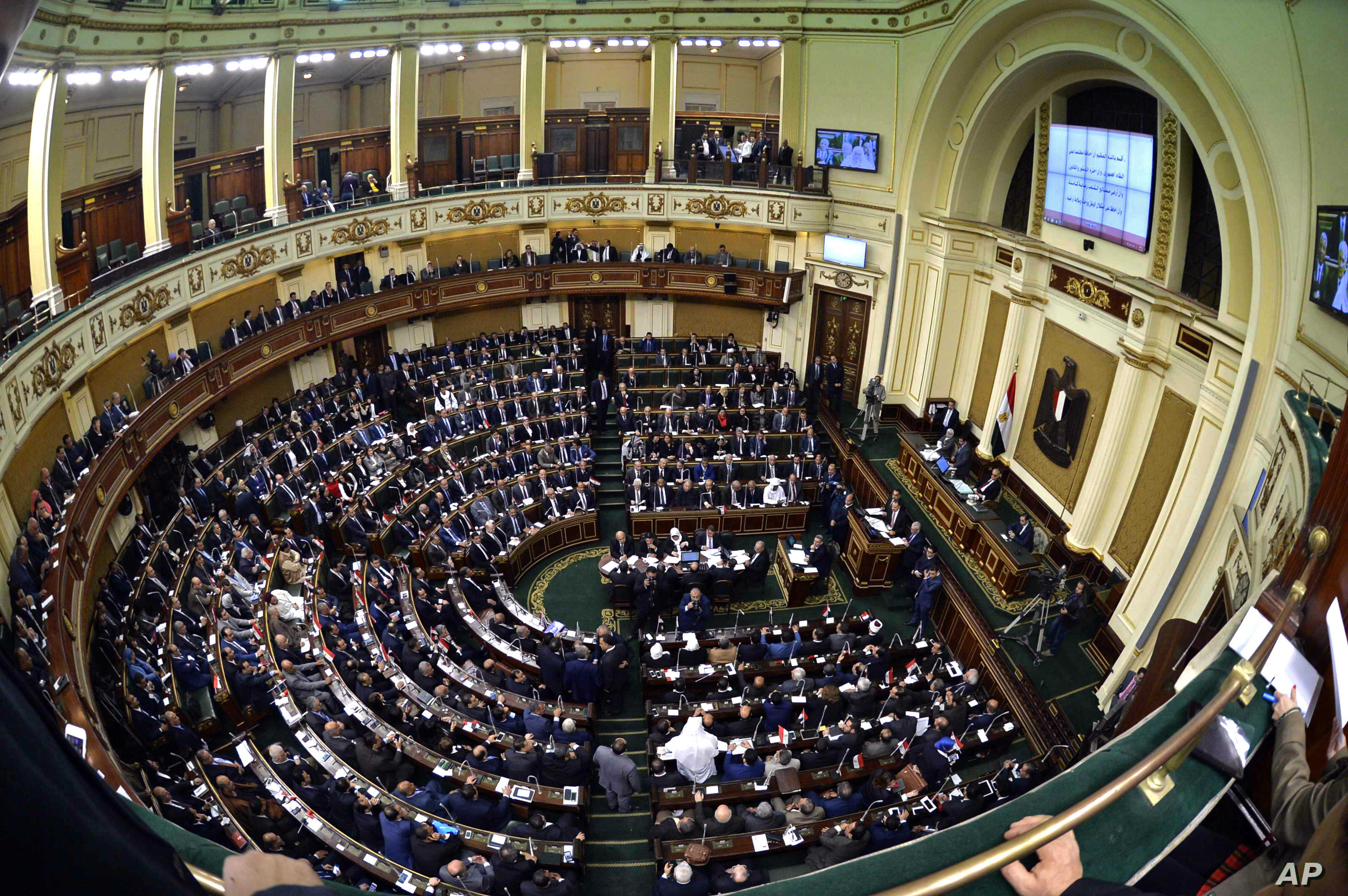
“During the dynasty of Ramses III, the people were not happy, and protests broke out all over the country, starting out in Luxor and spreading to the rest of the country soon after, leading up to the assassination of Ramses. Three millennia later, their descendants left their homes and protested the rule of Mohamed Hosny Mubarak, successfully removing him from office after a total of 2,200 protests.”
So spoke Mohamed Adel, head of Demometer, a human rights organization that publishes a routine report about protest movements, when asked about the political movements we are witnessing today in comparison with those from the past.
According to Adel, the rate at which protests were conducted increased by 20 percent during the rule of the Supreme Council of the Armed Forces (SCAF), compared to President Mubarak’s rule, which adds up to 2,500 protests per year. The highest number of protests recorded in Egypt’s history, however, was during President Mohamed Morsi’s rule, when 14,000 protests were recorded in one year. That number then decreased dramatically in 2015 to around 3,700, which is an improvement, but still 40 percent higher than under Mubarak and 32 percent higher than under SCAF rule.
Adel says that during the reign of Ramses III, workers managed to bring their issues before the king and his top officials in a single effort, by conducting a single protest. He compares that with the period of Morsi’s rule, during which 14,000 protests were required to make any real change, or during the Mubarak era, when 2,200 protests were needed.
In Adel’s opinion, the number of protests does not reflect either democracy or dictatorship. It is the government’s response to these protests that is a huge indicator as to whether a political system is democratic or not. For example, Mubarak’s rule saw 100 arrests of civilians, activists, journalists and media figures in 2008 alone.
Adel continues, “Our current president’s regime has so far violated its citizens' basic freedom of expression 1,126 times in the first five months of 2016 alone. That is an average of 250 violations a month, compared to eight a month under Mubarak. In only five months of Sisi’s rule, 184 individuals were tried and sentenced, and 875 others were arrested for reasons relating to freedom of speech. Seventy-one citizens were removed from jobs or educational institutions for the same reasons also. Ten citizens were barred from travelling, as well as 12 incidents where newspapers/publications were prevented from publishing/broadcasting material, which resulted in Egypt falling from 127th to 158th in the Press Freedom Index in 2010 and 2015 respectively.”
Adel adds that during the reign of Ramses III, the workers involved in the protests were mainly addressing the economic and social problems they experienced. Their pay had been cut and they wanted it back to normal. This is no different today, according to Adel. Seventy percent of people’s demands during Mubarak’s rule were related to economic or social factors, a figure that decreased to 40 percent during Sisi’s rule, in 2012/2013. After that, it increased to 54 percent in 2015, reaching a shocking 74 percent in the first five months of 2016.
This is no surprise, according to Adel. He explains that the increase can be attributed to the increased levels of unemployment in the country, while services are much worse now. The economy is on the decline as well, with a reported 7,000 factories and companies closed down from 2011 to 2015. And to top it all, Egypt is now ranked 88th on the Corruption Perceptions Index.
Adel notes that all the protests he has mentioned seem quite logical, considering also that Egypt was ranked 139th out of 140 countries on an education index. Egypt has the highest number of FGM cases worldwide, as well as being 142nd out of 144 countries in terms of budget deficits. Adel reinforces the credibility of the Egyptian citizen who has been protesting for thousands of years, it seems.
As Adel sees it, the workers alone were able to bring about change during Ramses’s rule. He compares that to Mubarak’s rule, when 30 social groups were protesting, a number that rose to 38 groups/sectors in 2012, 44 in 2013, finally reaching 53 in 2015. This reflects the continued growth in groups that protest, but it is always the working class that leads the protests, as they make up a larger proportion than any other group.
According to Adel, the statistics indicate that even the limited number of social groups that have managed to survive the country's difficult circumstances over the years will soon join the underprivileged segments of society and being to protest.
The protesters under Ramses III spent six days trying to get their demands escalated to the king and his advisors, during which they assembled and marched, carrying torches, and they continued until their demands were finally brought before Ramses. Today, there are many more methods of suppression and policing the masses. On the other hand, there are also many more ways to protest now.
In 2010, protests were made through 10 different channels of resistance, a number that reached 20 in 2013, 27 in 2014 and over 35 today. This reflects the Egyptian’s citizen’s aptitude for getting their thoughts heard by the ruler, and in ways that vary in degrees of confrontation.
What is worse, according to Adel are all the ways that people are using to protest now that result in themselves or other people getting hurt, such as suicide or assaults on officials. Such things reflect a deep sadness and sense of defeat on the part Egyptians, according to Adel.
Six days and the workers' complaints were sent up to Ramses, who was seen as more of a god than a king. They believed their gods were embodied in the pharaoh or vice versa. What’s more dangerous, according to Adel, are rulers who have established an ethos for modern leadership based on silencing the street and the masses, which is deeply problematic, as Adel sees it.




